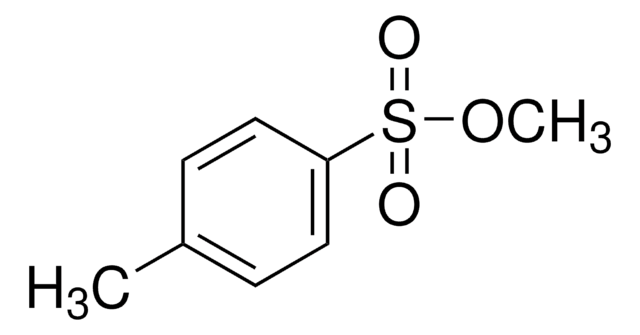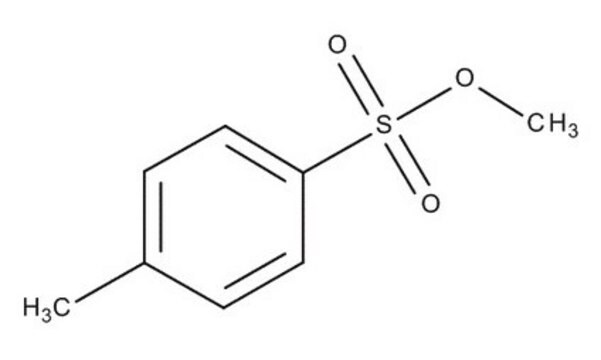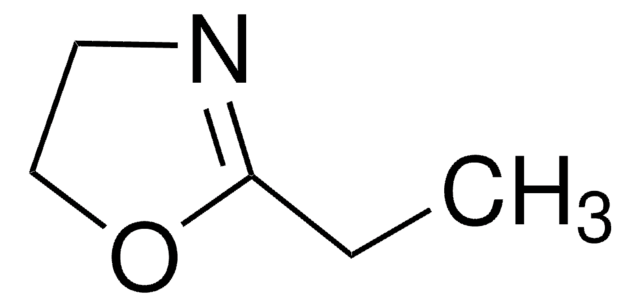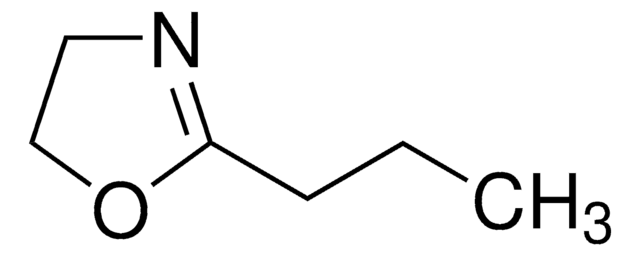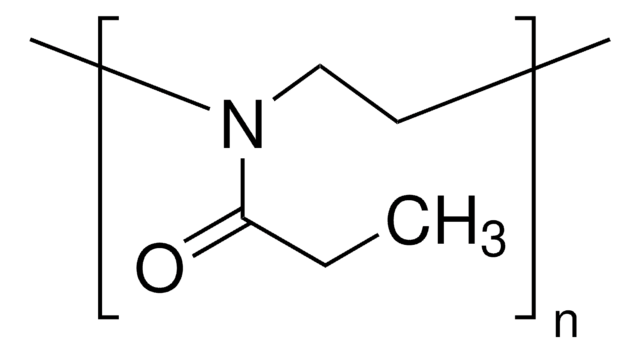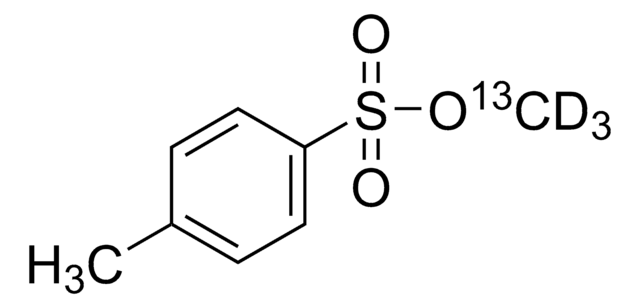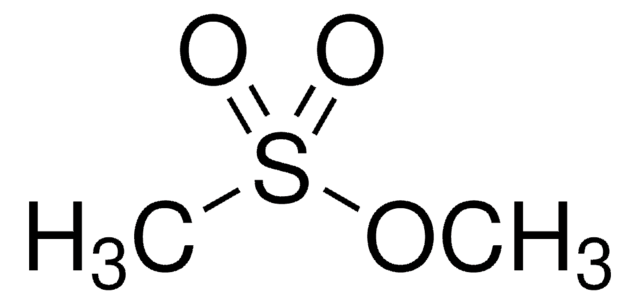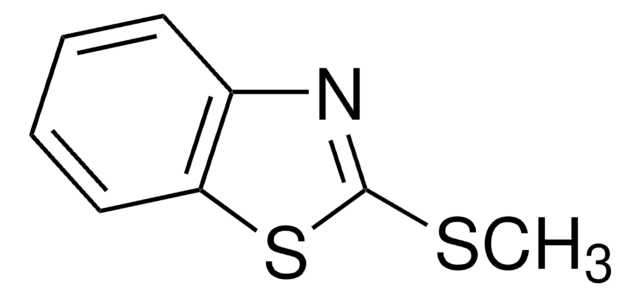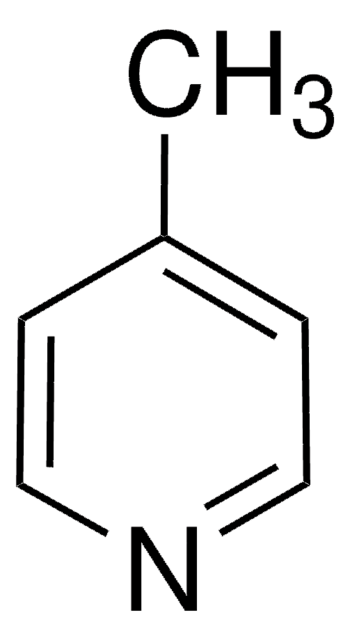158992
Methyl p-toluenesulfonate
98%
Synonym(s):
Methyl p-methylbenzenesulfonate, Methyl toluene-4-sulfonate, Methyl tosylate, Methylp-tosylate
About This Item
Recommended Products
vapor density
6.45 (vs air)
Quality Level
vapor pressure
1 mmHg ( 20 °C)
Assay
98%
form
solid
autoignition temp.
896 °F
refractive index
n20/D 1.5172 (lit.)
bp
144-145 °C/5 mmHg (lit.)
mp
25-28 °C (lit.)
density
1.234 g/mL at 25 °C (lit.)
functional group
tosylate
storage temp.
2-8°C
SMILES string
COS(=O)(=O)c1ccc(C)cc1
InChI
1S/C8H10O3S/c1-7-3-5-8(6-4-7)12(9,10)11-2/h3-6H,1-2H3
InChI key
VUQUOGPMUUJORT-UHFFFAOYSA-N
Looking for similar products? Visit Product Comparison Guide
General description
Signal Word
Danger
Hazard Statements
Precautionary Statements
Hazard Classifications
Acute Tox. 4 Oral - Eye Dam. 1 - Skin Corr. 1B - Skin Sens. 1B
Storage Class Code
8A - Combustible corrosive hazardous materials
WGK
WGK 2
Flash Point(F)
235.4 °F - closed cup
Flash Point(C)
113 °C - closed cup
Personal Protective Equipment
Choose from one of the most recent versions:
Already Own This Product?
Find documentation for the products that you have recently purchased in the Document Library.
Customers Also Viewed
Our team of scientists has experience in all areas of research including Life Science, Material Science, Chemical Synthesis, Chromatography, Analytical and many others.
Contact Technical Service

